October 24, 2024
3 Simple Tests to Recognize High-Quality 3D Scanners with no Calibrated Artifacts Required See the articleNegotiating a track when the car is completely sideways, quickly countersteering in the direction of the slide while delicately modulating pressure on the throttle and brakes to balance the car: this is the art of drifting. In this artform, drivers use the throttle, brakes, clutch, gears, and steering in rapid succession to safely push the car to the limits of control while enjoying the adrenaline rush of throwing a vehicle around a track with smoke billowing from the rear tires.
To add a technological challenge to this extreme maneuvering, what if drifting was practiced with a hand-controlled car where clutching, gear shifting, handbraking, steering, and acceleration were all controlled by two hands instead of four limbs?
This is the meaningful challenge that Rob Parsons set for himself while recovering from a terrible motorbike accident at the hospital: designing a very unique hand control system with which to operate the clutch and engine without the use of his legs in order to pursue his passion for road drifting and racing.
How was Rob able to turn a vehicle designed to be operated with four limbs into one that can perform all of the same precision moves but with his hands as the sole control for gas, clutch, and brakes? What technologies did he use to design such a mechanism? How was he able to get back on the track for fun and professionally while inspiring and motivating others to follow his ardor and enthusiasm? This article tells the inspiring story of an outstanding race car and its drift master.
Building an Unique Drift Car
This adventure, which led to a 650-wheel horsepower drift machine, started with a Nissan 180SX chassis to which Rob added custom structural reinforcements in key areas. By hacking the front and rear of the chassis to almost nothing, he made room for a 6.2-liter LS V8 from Speedmasters 1979 and a T56 Magnum six-speed transmission.
To this point, Rob could refer to professional advice from part manufacturers, but when it was the time to design the hand control system, that was not something that original part suppliers had worked on before. Rob had to engineer it himself. He had to find a way to replicate all of the functionalities of the acceleration and brake foot pedals, while also allowing for quick shifting and use of the hand brake. In short, Rob had to design a complete clutch and gear shifting system that could be operated with a single hand.
Designing an Entire Hand Control System
Although the mechanics seem basic, according to Rob, the real challenge was the control of the clutch and the gears. Indeed, these operations are critical when it comes to drifting at a professional level. Not only does Rob need to be able to operate the clutch and gearbox by hand, but he must also execute all of the drifting manoeuvres with precision and speed.
Controlling the throttle and brakes by hand was made possible with the addition of motorcycle style inputs. Thus, Rob simply had to rocket down the hand control for gas and push it forward for brake. Simple enough. Then, Rob used a motorcycle-style clutch lever and thumb buttons that pneumatically engage the clutch and actuate the gearbox seamlessly. This brilliant engineering allows the lightning-quick clutch kicks and gear up- and down-shifts that are needed during drift.
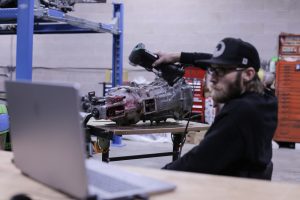 |
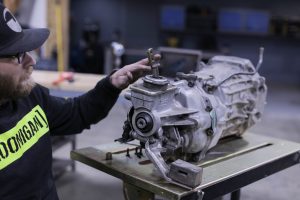 |
Capturing the Fine Details of the Transmission
This clever product design was made possible thanks to Rob’s ingenuity and the help of some innovative technologies, including the HandySCAN 3D | SILVER Series. Rob used the 3D scanner to extract the dimensional data from the T56 transmission in order to determine where the pneumatic shifter needed to be positioned.
Scanning the six-gear transmission enabled Rob to measure the position of each gear precisely after moving the shift rod from gear 1 to gear 6. In other words, he used the scan data to visually represent the environment so that he could design, based on that visual representation, a mechanism reproducing precisely the translation and rotation movements of the transmission. Furthermore, the 3D scanner enabled him to measure the surrounding environment to make sure that the movements derived from the new mechanism would not collide with any other current component of the transmission.
These positions would have been almost impossible to measure accurately by hand. However, the HandySCAN 3D | SILVER Series offered the required level of detail to determine the positioning data on which the design of the mechanism was based. Basically, hundreds of hours of development were saved in the process of creating something that worked on the first try without fitting issues.
High Accuracy and Resolution
“With a laser scanner, you expect to get really detailed scans,” says Rob Parsons, “and the HandySCAN 3D | SILVER Series definitely produces that.” Having the mesh so finely detailed, in addition to being cleaned and aligned, is a huge benefit when trying to line up holes and accurately measure features and diameters that will need to be machined out. “You don’t need to take out a calliper to check everything up,” he adds.
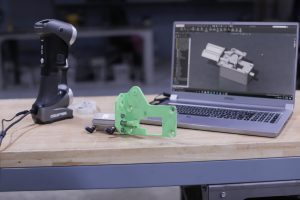 |
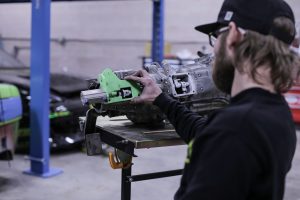 |
Better Design and Perfect Fit
In addition to eliminating headaches, the HandySCAN 3D | SILVER Series helped to solidify the design of the hand control system. Thanks to the 3D scanner, Rob could be more confident in it and didn’t have to rely on expensive R&D prototypes. Indeed, if there is a slight change that needs to be made, it can be seen directly in the CAD before machining and fitting the parts. Therefore, it saved Rob precious development time and money. It also meant a better design and a perfect fit. In short, the 3D scan allowed for the creation of a CAD model that went straight to production. The design was a perfect fit the first time and just as accurate as the original piece of equipment.
The HandySCAN 3D | SILVER Series contributed to Rob’s genius in designing the unique hand control system that enabled him to go back on the track and drift again, but Rob did not stop after his first laps and adrenaline rushes. Seeing how his story inspired other car enthusiasts with disabilities to experience automotive thrills like drifting, Rob created the Chairslayers Foundation—a non-profit organization dedicated to getting paraplegics behind the wheel of high-performance cars like his hand-controlled Nissan drift car, slamming on the accelerator, and having some extreme fun burning rubber.
Without a doubt, this inspiring story featuring a unique drift car and its unstoppable drift master should evoke in everyone the motivation to overcome our own challenges.

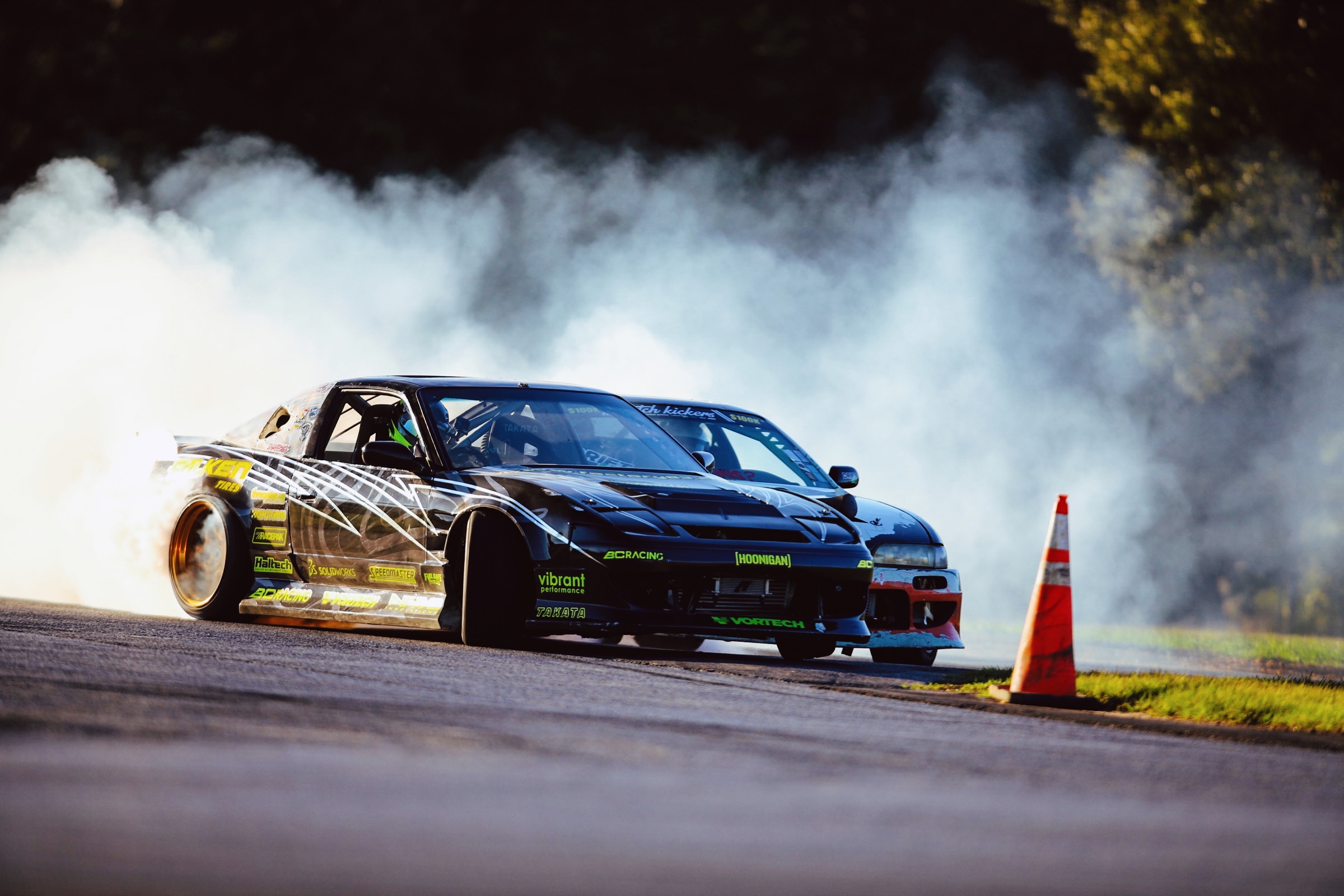
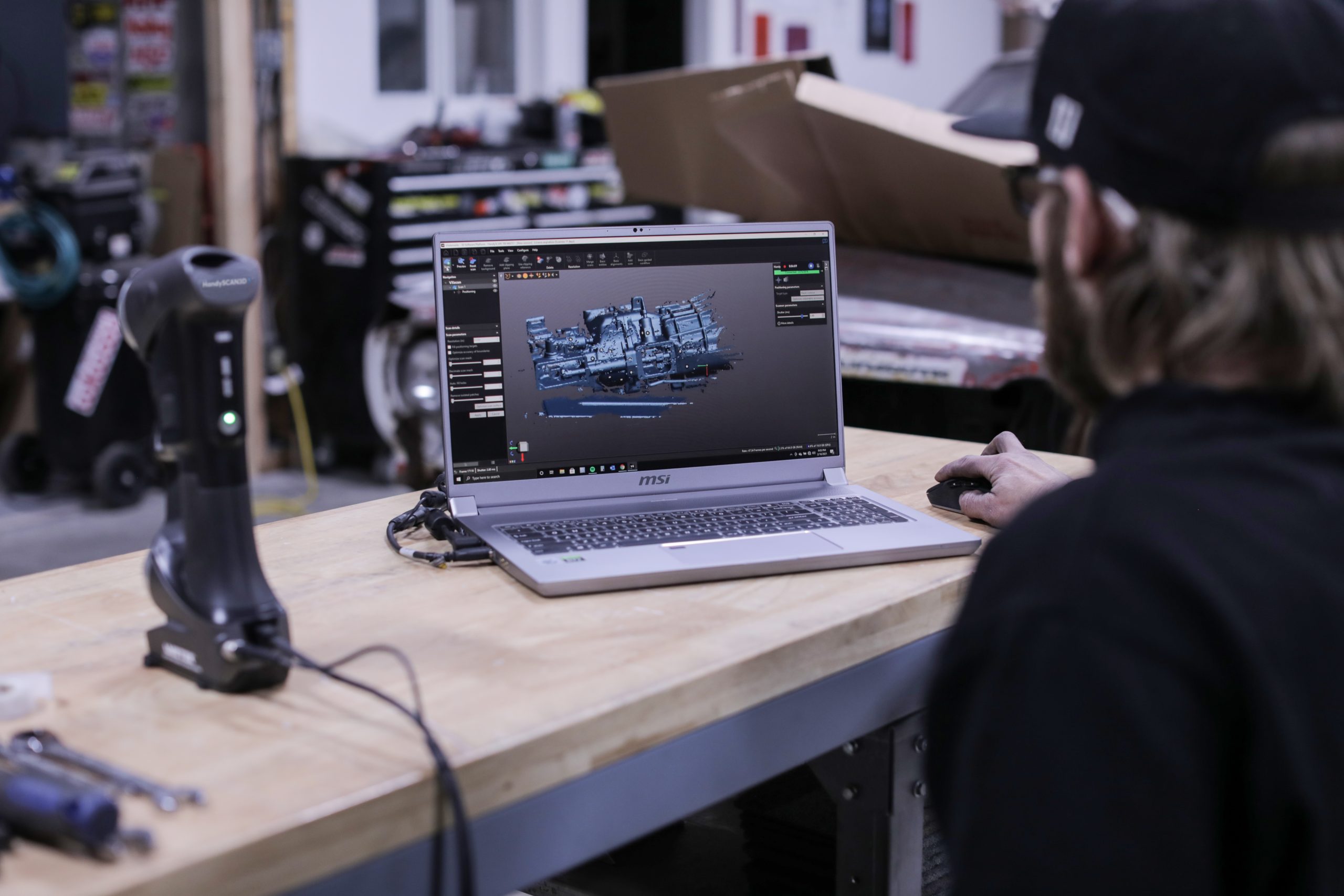
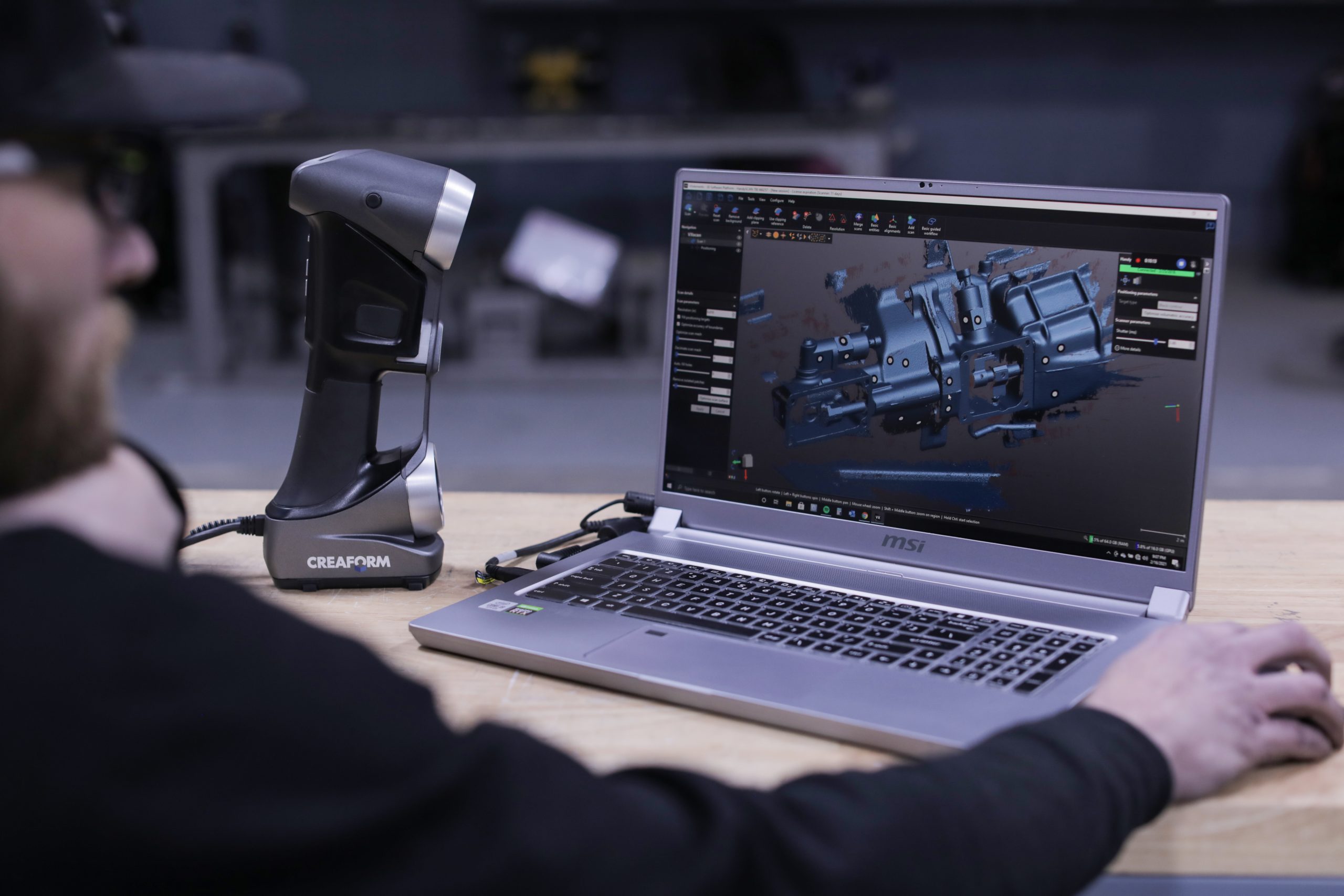







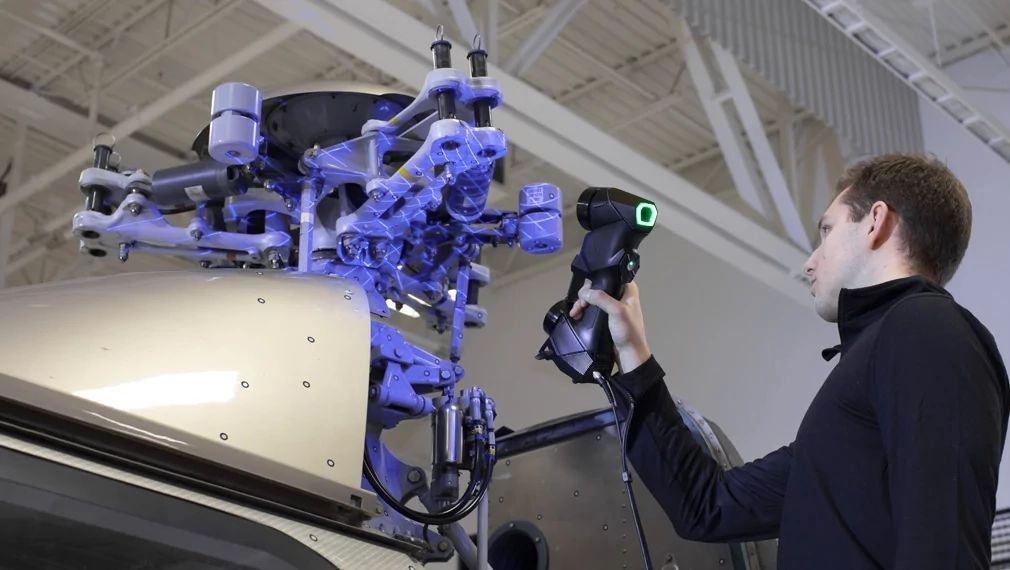


26 Mar '21
Laurie Thibert
HI! I AM LAURIE! Rob parsons is my amazing son and you have wriTten AN EXCEPTIONAL article. You CAPTURED his true talenTs AND EXPLAINED THINGS IN SUCH GREAT DETAIL. I was with him the day he received HIS first creaform 3D scanner. He was so excited to start working with it. AND NOW TO SEE ALL OF THE AMAZING WORK HE HAS DONE WITH IT, IS TRULY INSPIRING. THANK YOU FOR SHARING HIS STORY